Is asparagus a vegetable?
The plant:
Asparagus is a plant that lives for several years. Every year it forms new shoots, which constitutes the harvested part. If they are not harvested, they grow and branch, later the fruits appear. At the end of the cycle, the aerial part dies and the following year new asparagus grows.
Asparagus is a perennial plant belonging to the Liliaceae family. Its scientific name is Asparagus officinalis. The productive life of this species is 7 or 8 years, although wild asparagus can live up to 30 years.
This plant has a very powerful root system, where it accumulates the necessary reserves to be able to germinate the following year. The stem is formed by a stump, on which the buds are formed which will give rise to asparagus.
Shoots begin to form in spring, when temperatures reach 10-12ºC. If they are not harvested before and they reach 15 or 20 cm long, they begin to branch, harden and leaves appear, which are thin and short.
Asparagus is a dioecious plant, which means that there are plants with only male flowers and others with female flowers.
In an irrigated plantation, plants can reach a height of 1.2 to 1.5 m, while in a rainfed plantation, they reach a maximum height of one meter.
Food and nutrition:
Asparagus is recommended in cases of water retention, arthritis or diabetes. But, asparagus has few medicinal uses. Some people attribute a sedative effect to asparagus, which is why it is sometimes recommended for palpitations.
The fruit :
Asparagus is the branch of the asparagus plant, which is harvested unripe before it branches and hardens. Depending on the manipulations carried out during cultivation, two types of asparagus are obtained: white and green. It is suitable for many dishes and preparations, and keeps very well in a can or jar. It is a food that provides practically no nutrients to the body.
Two types of asparagus are grown, green and white. The color doesn't really depend on the variety, but on the growing method. White asparagus is buried, so it does not receive light and does not synthesize chlorophyll, which is the cause of the green color. There is also so-called triguero asparagus, which is wild asparagus coming from other asparagus species.
Asparagus is currently grown around the world, although the largest producing country is China, with around 80% of global production.
Although its nutritional value is low, its importance lies mainly in its richness in fiber and its low caloric value, which makes it suitable for low-calorie diets. Its high water content and low mineral content give it diuretic properties.




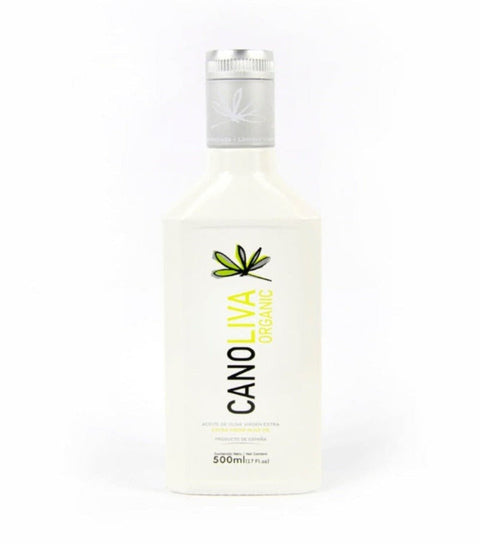
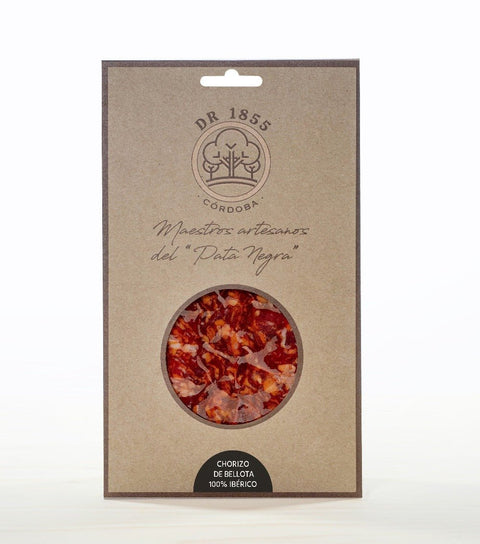

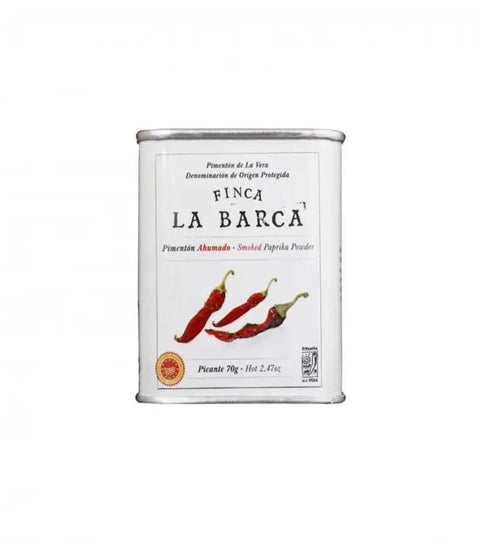


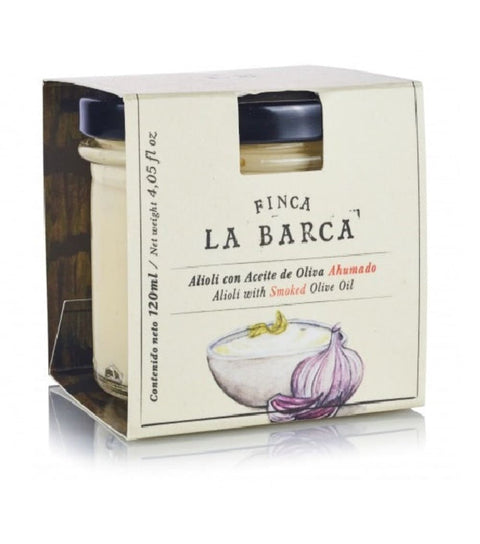
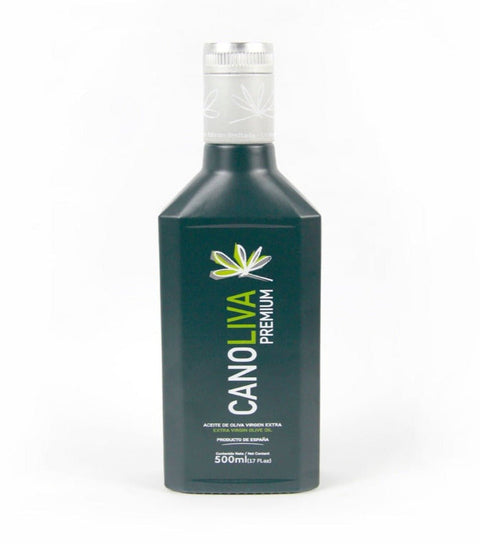
Comments (0)
There are no comments for this article. Be the first one to leave a message!